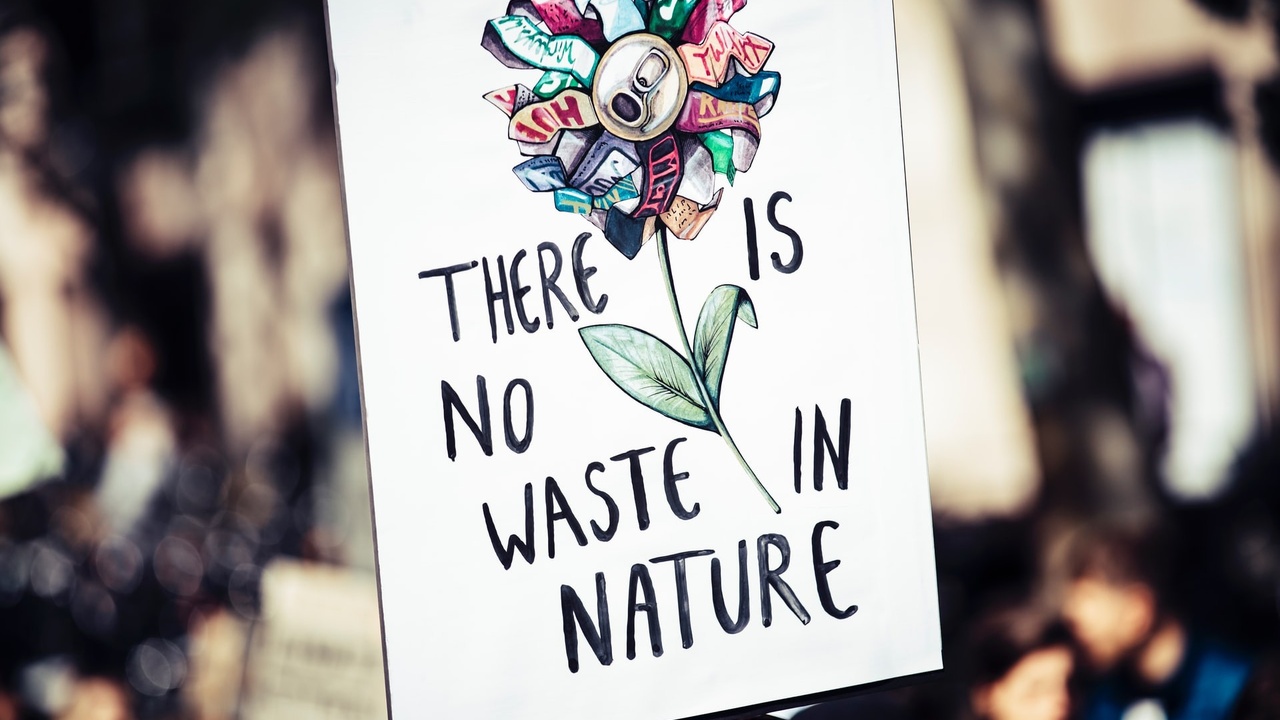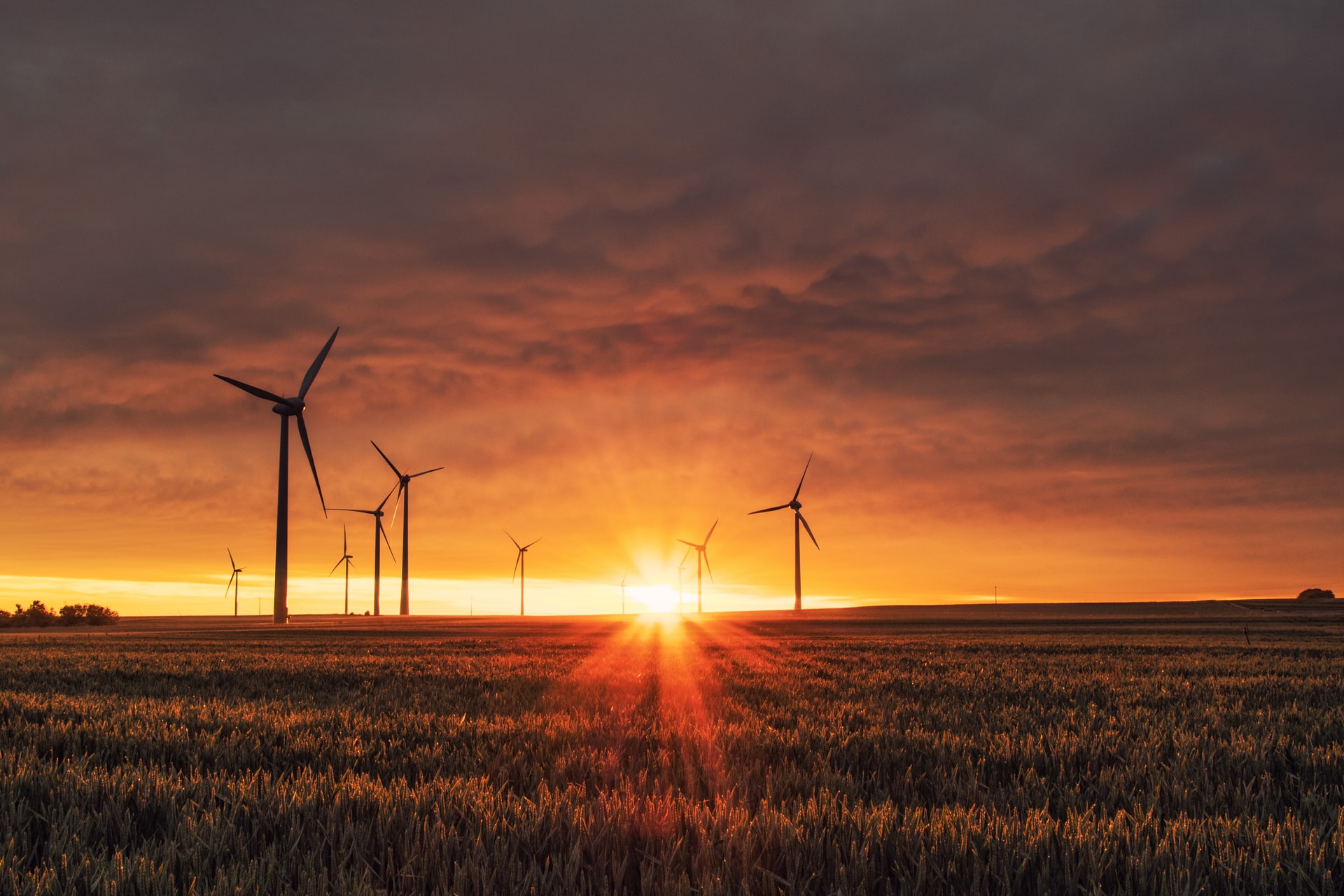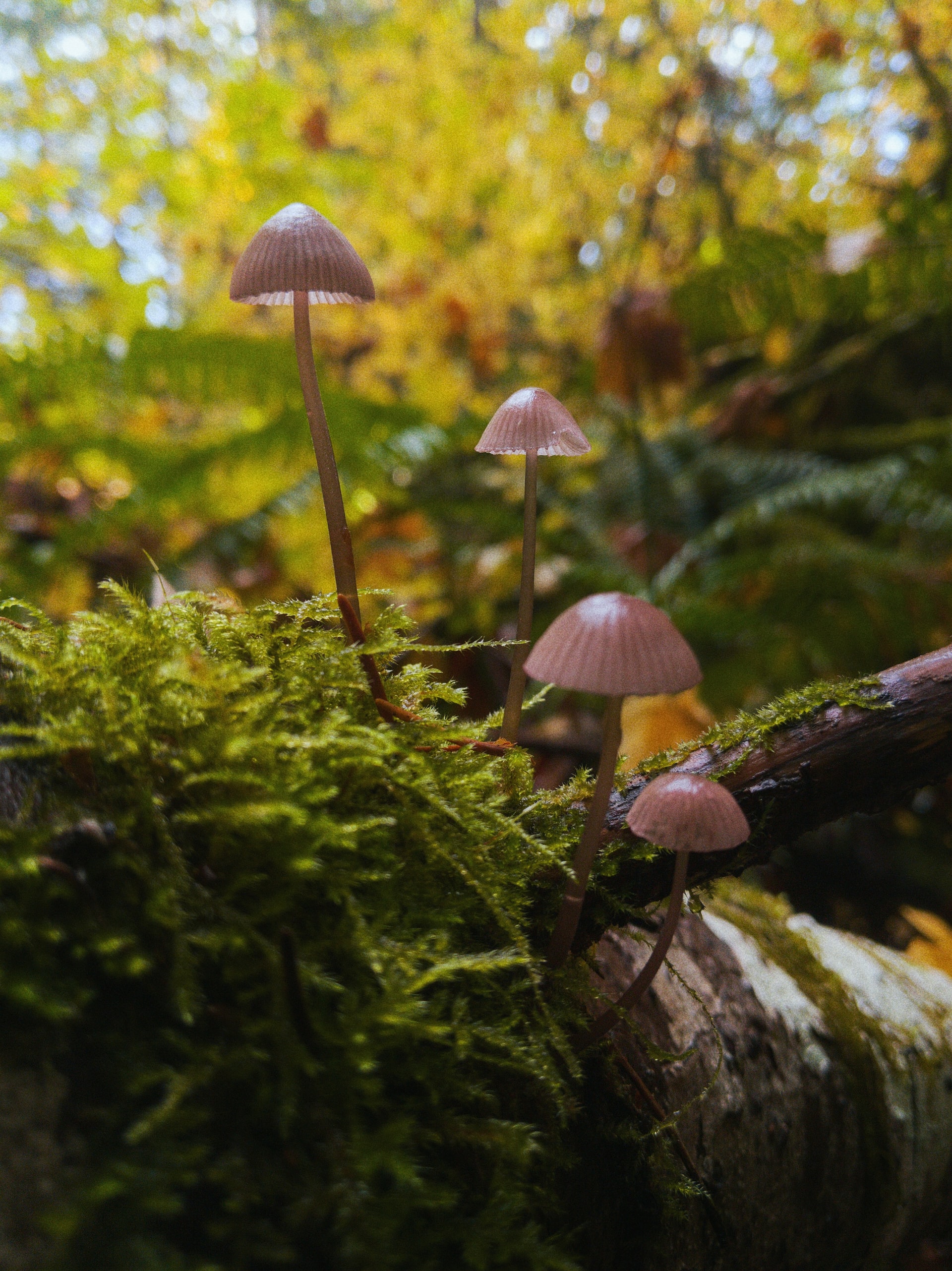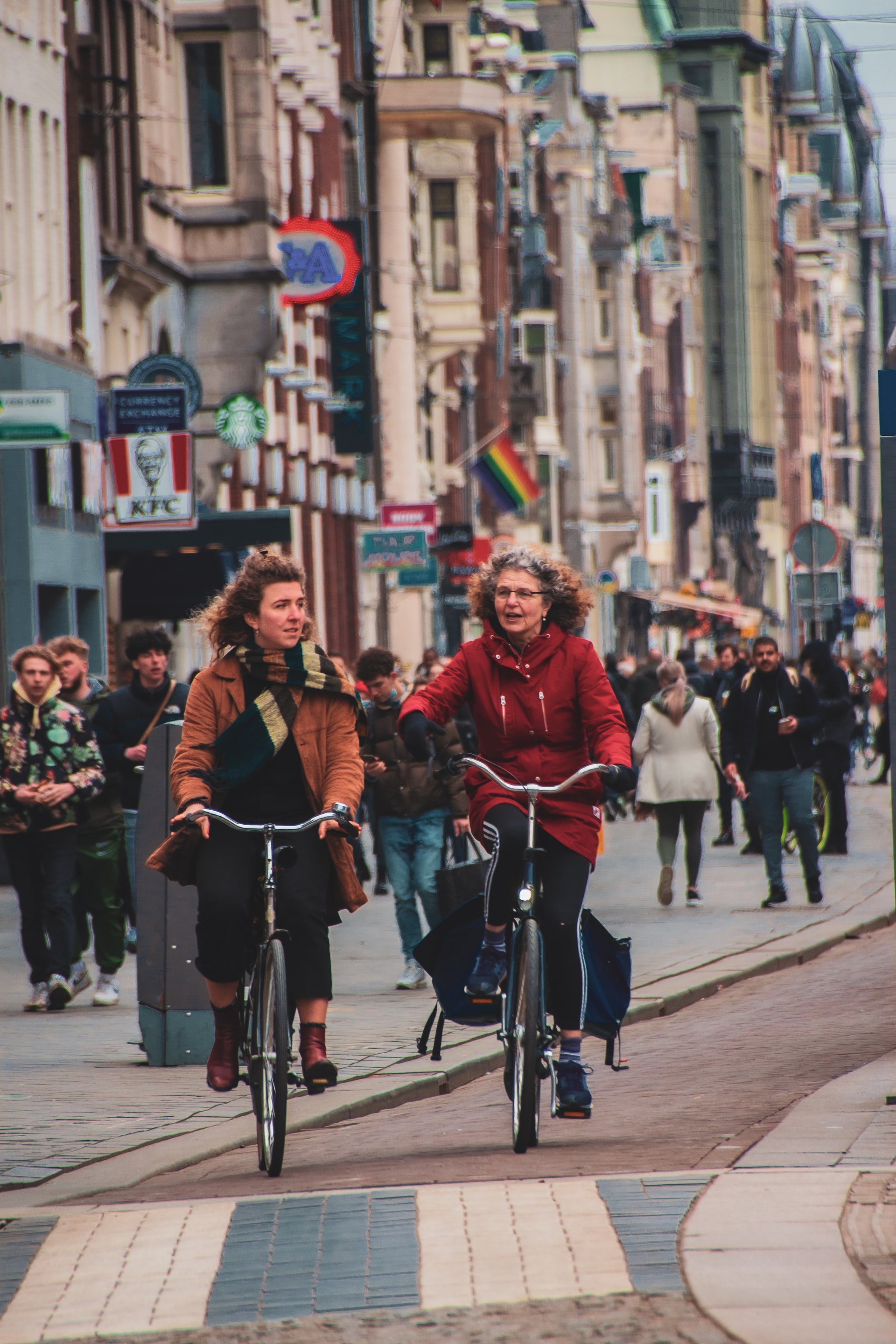What does a sustainable economy look like?

Sustainability is often defined as the ability to meet the needs of the present without compromising the ability to meet the needs of future generations. Typically, sustainability is made up of three pillars: social, environmental, and economic. In other words, sustainability takes into account people, the planet, and profit.
The environmental pillar tends to get a lot of attention when it comes to discussions surrounding sustainability. While this topic is undoubtedly important, it is useful to look at the economic side of things as well! Let’s take a closer look at the economic pillar of sustainability.
Issues with the current linear economy
We are currently operating in a linear economy. That means that consumption follows a linear process referred to as the ‘take-make-waste’ approach.
Take – When there is a high demand for consumer products, supplies such as non-renewable and natural resources get depleted at an alarming rate in order to keep up with demand. And we know that extracting raw materials to create these products has a negative impact on our ecosystems.

Make – The ‘take-make-waste’ approach is made possible by mass production. Instead of making everything by hand, machines allow us to create more due to lowered production costs and time.
Waste - Mass production means that products are not only more affordable, but often less durable as well. This can be an issue, as consumers tend to value their belongings less and replace them more frequently.
As you can see, this type of economy just isn’t sustainable. We need a way of closing the loop and reducing waste. This is where circular economies come into play!
The circular economy
Whereas economic growth is currently associated with the consumption of finite resources, the circular economy aims to get rid of this association. In a circular economy, material cycles are closed. Nothing is waste. This means that there is an emphasis placed on reusing, repairing, refurbishing, remanufacturing, repurposing, or recycling products and materials.

For example, companies within a circular economy will take back their products after use and either repair them or reuse their parts for a new useful life. Take Interface, for example. Interface is a global manufacturer of commercial flooring that takes sustainability seriously.
Their flooring tiles contain bio-based and recycled content, therefore making it easier to disassemble and reuse and refurbish materials.
Furthermore, Interface has partnerships with vendors and global communities around the world where residents can exchange materials such as discarded fishing nets for income. These nets then become face fibre in their carpet tiles. This process allows so-called waste to be brought back into the supply chain.
On a similar note, there isn’t a place for pollution within a circular economy either. An effort is made to curb the release of greenhouse gases and hazardous substances in the production of material goods. So, the circular economic system is fed by renewable energy sources such as wind, solar, and hydro.

Maintain and prolong
Another important component of a circular economy is the ability to keep products and materials functional for a long time. In a linear economy, products are often made out of cheap materials that shorten their lifespans. Sometimes this is done on purpose in order to make consumers buy more.
In a circular economy, products and materials are designed for durability as well as maintenance and repair.
Circularity at home
Did you know that you can practice circularity at home? The principles of a circular economy discussed above can be applied to your personal life to help reduce your environmental impact and eliminate waste in your life to close the loop!
If you’re needing some inspiration, just look at nature. The cycling of water, carbon, minerals and more shows us how these resources are used over and over again in nature. When water evaporates from the surface of the earth it doesn’t disappear into thin air never to be seen again. It condenses into rain or snow in clouds and is returned to the earth’s surface as precipitation!
There is also no concept of “waste” in nature. When living beings such as animals or plants die, they become integral components of the ecosystem that fertilize soil and bring about new life.

So, how can individuals imitate natural processes? We can begin by reimagining our relationship to physical items. It is important to separate happiness from consumption. Instead, we should be finding fulfilment from our personal relationships, positive contributions to society, and more.
Changing your mindset will help you refuse a consumptive lifestyle in the first place. However, we all recognize that it is necessary to purchase items in some cases. This is where it is important to make circular choices!
Such choices include:
- Buying recycled or second hand instead of new. Give items a second life wherever possible to reduce your environmental impact!
- Choosing a bike, public transportation, or other forms of active transportation to reduce your reliance on fossil fuels and personalized vehicles.

- Sharing rides and carpooling.
- Lending and borrowing instead of buying.
- Recycling and composting your waste instead of sending it to the landfill.
- For more on Why Recycle, listen to EP: 16 of my Live. Well. Green. podcast.
Stay connected with news and updates!
Join my mailing list to receive the latest news and updates. Your information will not be shared.

